Crime
Terror in Boulder: Woman set on fire during pro-Israel hostage walk
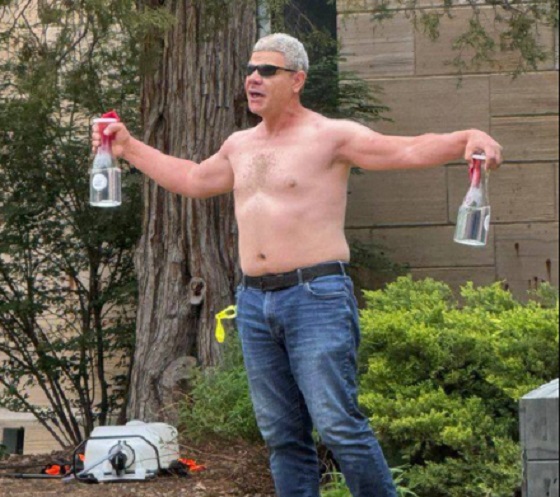
Quick Hit:
A suspected terrorist launched a violent, anti-Israel attack Sunday in Boulder, Colorado, setting a woman on fire and injuring five others during a peaceful event honoring Israeli hostages.
Key Details:
-
The attack occurred around 1:26 p.m. at the Pearl Street Mall during a weekly walk organized by “Run For Their Lives,” a group advocating for the release of Israeli hostages still held by Hamas.
-
Witnesses say the suspect, Mohamed Sabry Soliman, was waiting outside the courthouse with bottles of a clear liquid, which he ignited and threw at the group.
-
One elderly woman was engulfed in flames, and all six victims—aged 67 to 88—suffered burn injuries. At least two were medevaced, and one remains in critical condition.
Diving Deeper:
Sunday’s attack in Boulder is now being investigated as an act of terrorism, with the FBI and Department of Homeland Security confirming that the suspect, Mohamed Sabry Soliman, targeted a peaceful pro-Israel gathering with the intent to cause harm.
The event, organized by “Run For Their Lives,” began at 1 p.m. and traced a route through Pearl Street before stopping near the downtown courthouse. That’s where Soliman reportedly emerged with what appeared to be bottles filled with a flammable substance. Witnesses say he ignited the liquid and hurled it at participants, shouting phrases such as “Free Palestine” and “They are killers! How many children you killed?” One woman was seen rolling on the ground to extinguish flames consuming her body.
Boulder Police Chief Steve Redfearn said during a press conference that emergency calls began flooding 911 moments after the attack began. Officers arrived quickly and found several victims with serious burn wounds. Soliman was identified at the scene, taken into custody without resistance, and hospitalized with minor injuries.
FBI Denver Special Agent Mark Michalek confirmed that federal authorities are investigating the incident as a terror attack, stating, “This is a targeted act of violence…Sadly, attacks like this are becoming too common across the country.” DHS Secretary Kristi Noem echoed that assessment Sunday evening, calling the attack a “terrorist attack” and affirming the agency’s involvement in the investigation.
Colorado Governor Jared Polis condemned the attack and said he was “closely monitoring” the situation. “My thoughts go out to the people who have been injured and impacted by this heinous act of terror,” he wrote on X. “Hate-filled acts of any kind are unacceptable.”
Photos circulating online showed a shirtless man holding bottles of liquid shortly before being detained. The Boulder Police Department has urged the public to avoid the area and has not released further details.
The attack comes less than two weeks after a deadly shooting outside the Capital Jewish Museum in Washington, D.C., where two Israeli Embassy staffers were killed by a suspect also shouting “Free Palestine.” The organization Combat Antisemitism responded to both incidents by warning of a troubling surge in anti-Jewish violence and rhetoric.
Crime
USAID paperwork found in car of Boulder terror suspect
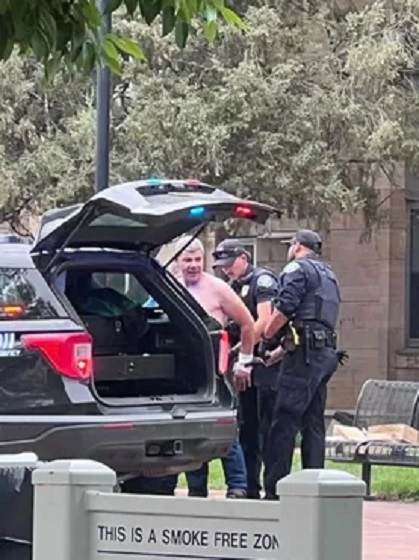
 MxM News
MxM News
Quick Hit:
Authorities say Mohamed Sabry Soliman, the suspect in Sunday’s alleged terror attack on pro-Israel demonstrators in Boulder, had documents labeled “USAID” in his vehicle. The Egyptian national is accused of planning the attack for a year and using Molotov cocktails to target what he called a “Zionist group.”
Key Details:
- Boulder police say eight people were injured in the June 1 attack on the pro-Israel “Run for Their Lives” protest.
- Paperwork marked “USAID” was found in Soliman’s car, but officials say he is not affiliated with the agency.
- Soliman overstayed a visa, was granted a work permit under the Biden administration, and now faces multiple terror-related charges.
Diving Deeper:
The man accused of carrying out a violent and ideologically motivated attack on a group of peaceful pro-Israel demonstrators in Boulder, Colorado, was found with paperwork marked “USAID” in his vehicle, according to an arrest affidavit. The suspect, Mohamed Sabry Soliman, is an Egyptian national who had overstayed a temporary visa and was in the U.S. illegally.
The incident unfolded on Sunday, June 1, when members of the “Run for Their Lives” group gathered on Pearl Street in Boulder to advocate for the release of hostages held by Hamas. Authorities say Soliman hurled incendiary devices at the group, injuring eight people. Initial emergency calls described someone “setting people on fire.”
Inside Soliman’s silver 2015 Toyota Prius, police reportedly discovered documents referencing “USAID,” as well as other paperwork mentioning “Israel” and “Palestine,” along with a red gas container and rags. A senior State Department official confirmed to Fox News Digital that Soliman has no employment ties to the U.S. Agency for International Development.
Soliman later told investigators he targeted the group because they were “Zionists,” and claimed he had been planning the attack for a year. “He specifically targeted the ‘Zionist Group’ that had gathered in Boulder,” the affidavit stated, noting he had researched the group online. Soliman also said he waited until after his daughter’s graduation to carry out the attack and expressed no remorse—telling officials he would do it again.
Authorities recovered a black plastic container nearby that held at least 14 unlit Molotov cocktails, reinforcing the premeditated nature of the act. Soliman was reportedly heard shouting “Free Palestine” as he was arrested.
He now faces a litany of serious charges, including multiple counts of attempted first-degree murder, crimes against the elderly, assault, and the use of explosives during a felony. His bond has been set at $10 million.
Federal records show Soliman entered the U.S. on a B1/B2 visa on August 27, 2022, which expired in February 2023. Instead of leaving, he applied for work authorization on March 29, 2023, and was approved through March 2025 under policies implemented by the Biden administration.
FBI Director Kash Patel labeled the incident a “targeted terror attack” and confirmed the agency is working closely with local authorities. “Our agents and local law enforcement are on the scene already, and we will share updates as more information becomes available,” Patel said in a statement.
The discovery of USAID-marked paperwork in the suspect’s car raises fresh questions about how federal documents end up in the hands of individuals accused of terrorism, especially amid mounting concerns over the Biden administration’s immigration and visa policies.
Crime
Mexican Cartels Expanding Operations in Canada, Using Indigenous Reserves as Factory Hubs

With Factories on Six Nations Land, Mexican Cartels Are Using Canada to Smuggle Counterfeit Goods Into the U.S. and Mexico
“Project Panda,” a major Ontario gang taskforce takedown in May targeting a counterfeit tobacco factory on the Six Nations Reserve near Hamilton and Buffalo, exposes a long-ignored reality: Mexican cartel networks have deeply embedded themselves in Canadian territory near the U.S. border—and are expanding in tandem with Chinese state-linked crime partners, using Indigenous land for counterfeit production and cross-border smuggling.
This is no longer just a policing matter. It is a national security crisis—one that exploits Indigenous communities, land, and jurisdictional protections that have inadvertently shielded criminal networks now designated as terrorist threats. Worse still, the threat has long been known to Canadian, American, and Mexican authorities. Yet Ottawa has failed to act.
Stunningly, an explosive intelligence report released last year labeled Canada a “safe zone” for Chinese and Mexican cartel networks to traffic weapons, drugs, and counterfeit tobacco through Six Nations land. “Mexican authorities have also stated that Canada is responsible for 12% of all the lost tax revenue for the Mexican Government from illicit cigarettes,” the report says, and alleges that “companies established in Six Nations have introduced up to 500 million cigarettes a year illegally into Mexico.”
That same report says more than 73 illicit factories have operated over the past 20 years, linked to 173 organized crime groups, including Mexican and Chinese networks.
Heavily armed Ontario Provincial Police units, supported by multiple agencies, raided the factory and associated sites on May 1 and 7. The targets spanned Six Nations, Brantford, and Ancaster—territories sitting between Hamilton, Niagara Falls, and Buffalo. What they found was staggering: 1,360 pounds of illegal cannabis, 3.16 kilograms of psilocybin, 15 firearms, and large skids of counterfeit tobacco packaging, valued at over $3 million. The factory is surrounded by barbed fences and trailer trucks. One of the raids intercepted two vehicles leaving the site with 11.1 million contraband cigarettes worth another $2.8 million.
While Project Panda hasn’t, at least yet, addressed fentanyl on Six Nations land, a related investigation—Project Roll the Dice—carried out by Six Nations Police on May 2, 2025, did target fentanyl trafficking. Search warrants were executed at a Mississauga Road residence and vehicle on the Mississaugas of the Credit First Nation. Police seized 58 grams of fentanyl, 17 grams of cocaine, Canadian currency, drug packaging materials, digital scales, and multiple cellphones.
Project Panda drew scant attention from Canadian media, with coverage limited to local outlets. But The Bureau’s document analysis and interviews with law enforcement sources reveal a deeper crisis: Canada’s national security vulnerability runs through southern Ontario and Quebec—stretching from the Six Nations of the Grand River, into Brantford, along the St. Lawrence, and directly to the U.S. border. This corridor has become a protected staging ground for Chinese organized crime, long embedded with the Hells Angels, now operating in concert with Mexican cartels.
Though the factories operate on Indigenous land, Ontario police have made clear they are controlled by non-Indigenous organized crime syndicates.
“This investigation involved a tobacco manufacturing facility operated by members of a non-Indigenous criminal network who do not reside on the territory,” Project Panda investigators stated, adding that tobacco sales directly fund organized crime networks. The profits do not benefit local communities.
Confidential sources told The Bureau that Mexican cartel operatives are behind the factories and reserve-based casinos. Their presence is enabled by jurisdictional grey zones, preferential tobacco tax exemptions, and a persistent political unwillingness in Ottawa to confront the threat.
Behind the Mexican cartels, as in Canada’s fentanyl superlab economy, loom Chinese Triads. Canadian intelligence has long warned of this dual-threat structure. Sources close to Project Panda confirm the violence is intensifying, with shootings and firebombings linked to cartel enforcement groups. Seizure evidence shows high-powered firearms and growing operational sophistication.
This isn’t a new threat. As early as 1997, the suppressed Sidewinder intelligence report—later believed by its authors to have been buried by political actors in Ottawa—warned that Triads linked to the People’s Republic of China were trafficking weapons through reserves such as Six Nations. The report cited connections to Chinese military-run companies and descendants of top Communist Party leaders. “Several large quantities of arms manufactured by Norinco have been confiscated on Indian reserves, especially those of the Mohawks,” it stated.
In 2008, Parliamentary testimony from Imperial Tobacco Canada echoed similar concerns. MPs heard that approximately 150 criminal groups were exploiting Six Nations people and land. At the time, illegal cigarettes made up 22% of Canada’s tobacco market—over 30% in Ontario and Quebec. Of those, 93% were traced to First Nations reserves.
Conservative MP Dave MacKenzie noted: “I do not see the aboriginal community as being the big villains in this whole picture. What we’re hearing now is that they’ve been used by organized crime. The Americans are saying terrorist organizations are using it to fund terrorist activity; I don’t think we have that evidence, but the Americans are saying that.”
A legitimate Six Nations tobacco plant owner—whose Grand River factory is located just hundreds of meters from the cartel-linked plant raided in 2025—described the surrounding area as infiltrated. “If you come to some reserves—for example, Six Nations—it looks like a war zone right now,” the man testified in 2008. “It truly does not look like the Canada that we all want our First Nations kids growing up in.”
“It’s not a normal environment for a young person to grow up in, and if they have to work in a tobacco factory that’s unregulated, how does anybody know whether there are firearms and other things and activities in there? Nobody will be able to answer that.”
These warnings ignored for decades are now being validated by probes like Project Panda and new intelligence. In a recent interview, a senior U.S. government source said concerns over Mexican cartel expansion into Canada intensified after Prime Minister Justin Trudeau lifted visa requirements for Mexican nationals in 2016. The source said U.S. officials repeatedly raised cartel threats in high-level bilateral meetings, but Canadian officials downplayed the risks, frustrating joint law enforcement efforts and compounding intelligence blind spots.
This assessment aligns with a 2023 report from former U.S. State Department official David Luna which described Canada as a “safe zone” for Chinese Triads and Mexican cartels.
According to the Criminal Intelligence Service of Canada, illegal tobacco costs governments over $12 billion in lost revenue. More than 83 contraband brands are distributed worldwide from Canada, with 73 illicit factories documented in the past two decades. Some estimates suggest illicit product accounts for 24% of Canada’s tobacco market. The agency confirms that cartel actors are smuggling drugs and weapons into Canada in exchange for cigarettes.
“Chinese criminals are involved in producing cigarettes on Indigenous reserves, saving money and benefiting from tax exemptions,” Luna’s report states.
Research from the Mackinac Center shows that in New York—a high-tax state—53% of cigarettes are illicit. Many are sourced from Canada. U.S. DEA and ICE officials have traced duty-free cigarette flows to reserves in Ontario and Quebec, through smuggling chains that extend to Panama, Korea, and free trade zones in China.
Chinese Triads are also implicated in counterfeit production, exploiting Section 87 of the Indian Act, which exempts on-reserve goods from taxation. These groups arbitrage that legal gap, distributing low-cost cigarettes across Canada and into foreign markets.
This cross-border trade, concealed behind legal protections and legitimate Indigenous businesses, has become a central artery for cartel financing, narcotics, and arms.
There is no longer any plausible denial: the use of Canadian Indigenous lands by Mexican cartels and Chinese Triads is directly connected to North America’s fentanyl and trafficking crisis. Ottawa’s continued refusal to acknowledge and confront this system is indefensible.
Canada’s security and sovereignty depend on it—now more than ever.
The Bureau is a reader-supported publication.
To receive new posts and support my work, consider becoming a free or paid subscriber.
Invite your friends and earn rewards
-
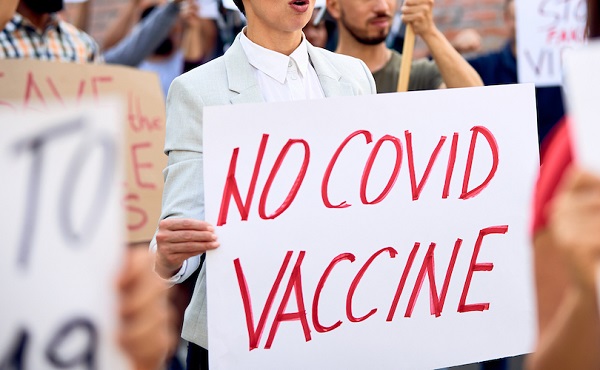
 COVID-1919 hours ago
COVID-1919 hours agoApproval of new COVID-19 vaccine dashes hopes Trump admin would close the book on controversial shots
-
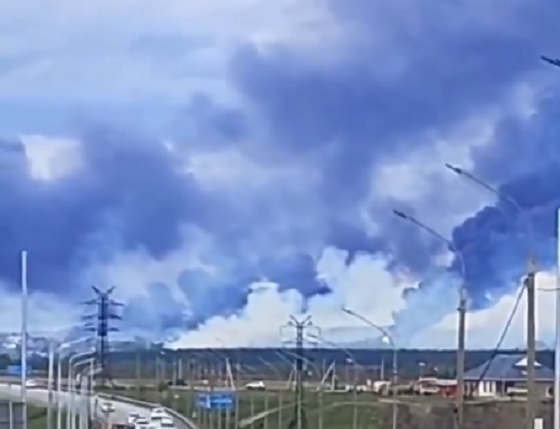
 conflict2 days ago
conflict2 days ago“Will Be in History Books”: Zelensky Hails Long-Range Drone Strike That Hit Dozens of Russian Bombers
-

 Business1 day ago
Business1 day agoRemoving barriers to trade between Alberta and the rest of Canada could grow our economy by $72.1 billion, says the MEI
-

 Business19 hours ago
Business19 hours agoOttawa must listen to the West
-

 Business1 day ago
Business1 day agoOil producers brace for market share battle
-

 Business1 day ago
Business1 day agoGovernments must work to improve Canadian living standards despite recent good news
-

 COVID-1919 hours ago
COVID-1919 hours agoCanada keeps COVID jab on immunization list for pregnant women after US halts recommendation
-
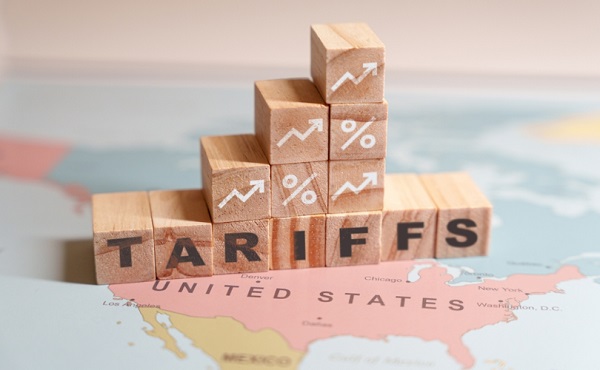
 Business9 hours ago
Business9 hours agoSobering reality check – Trump is right: Canada’s economy can’t survive a fair trade agreement with the US





